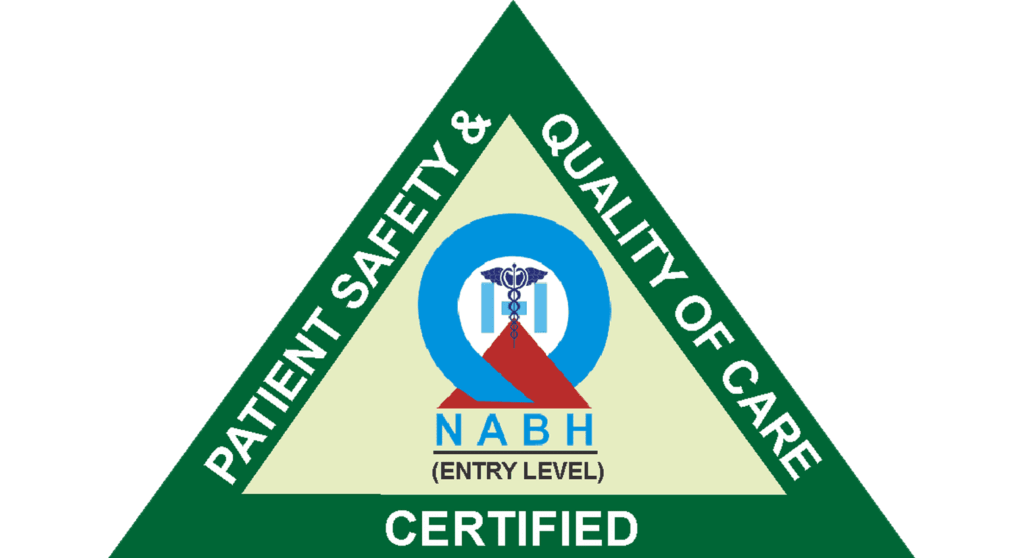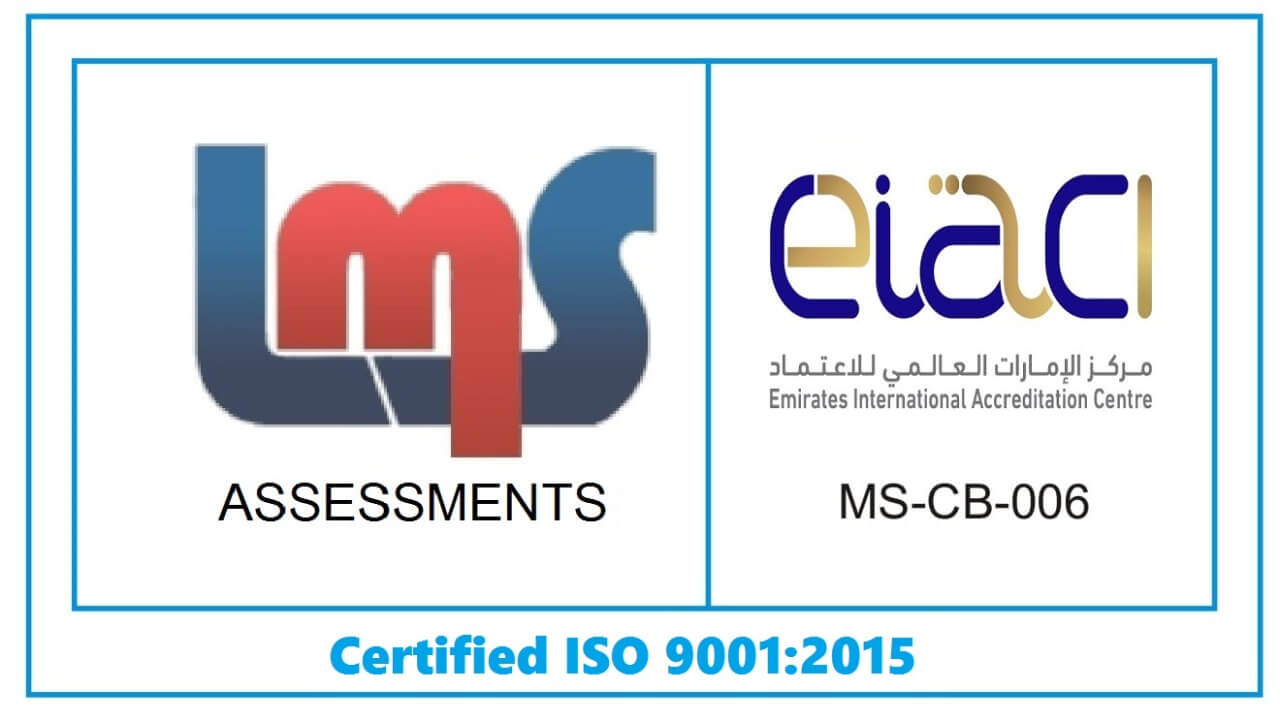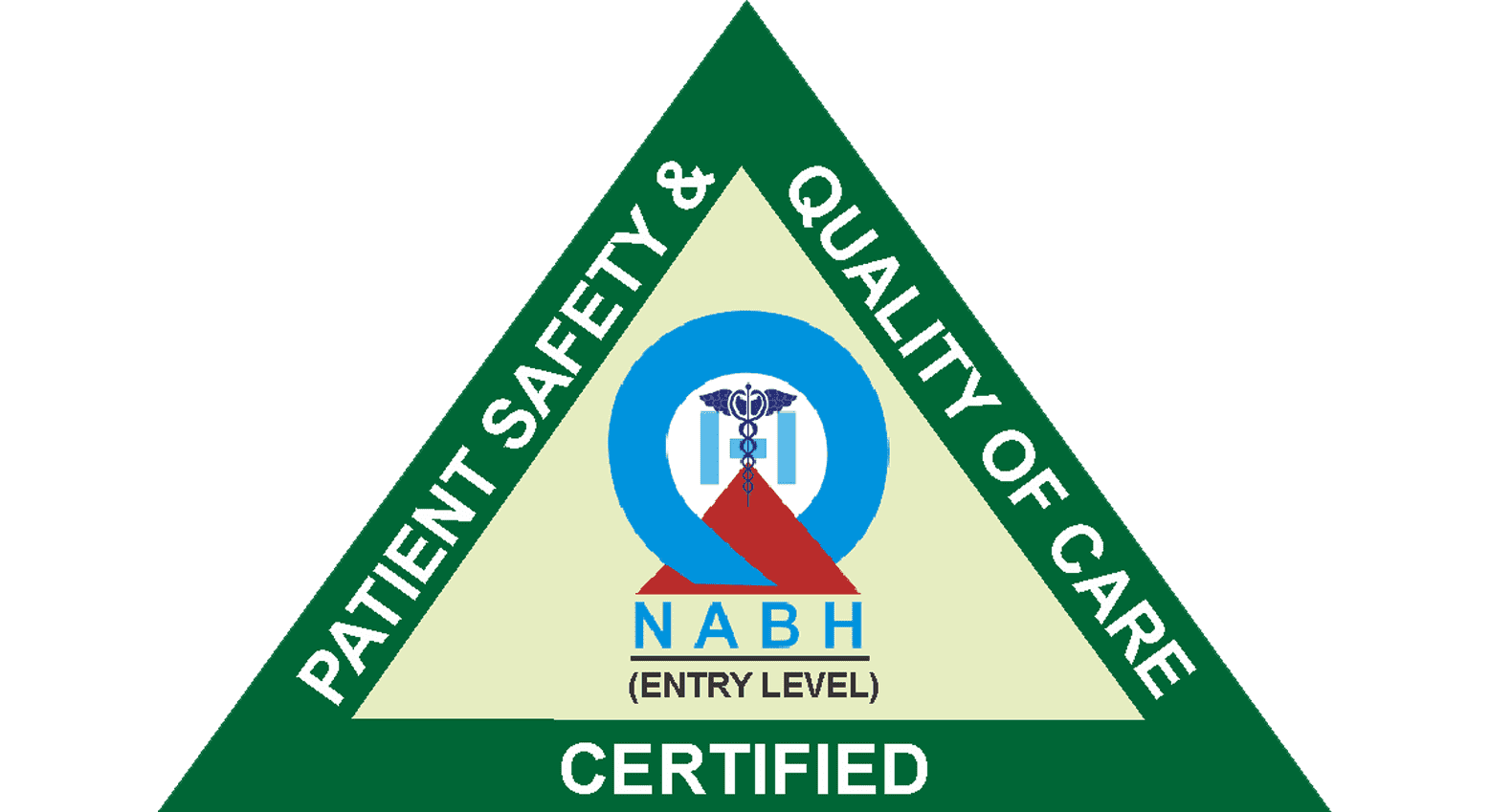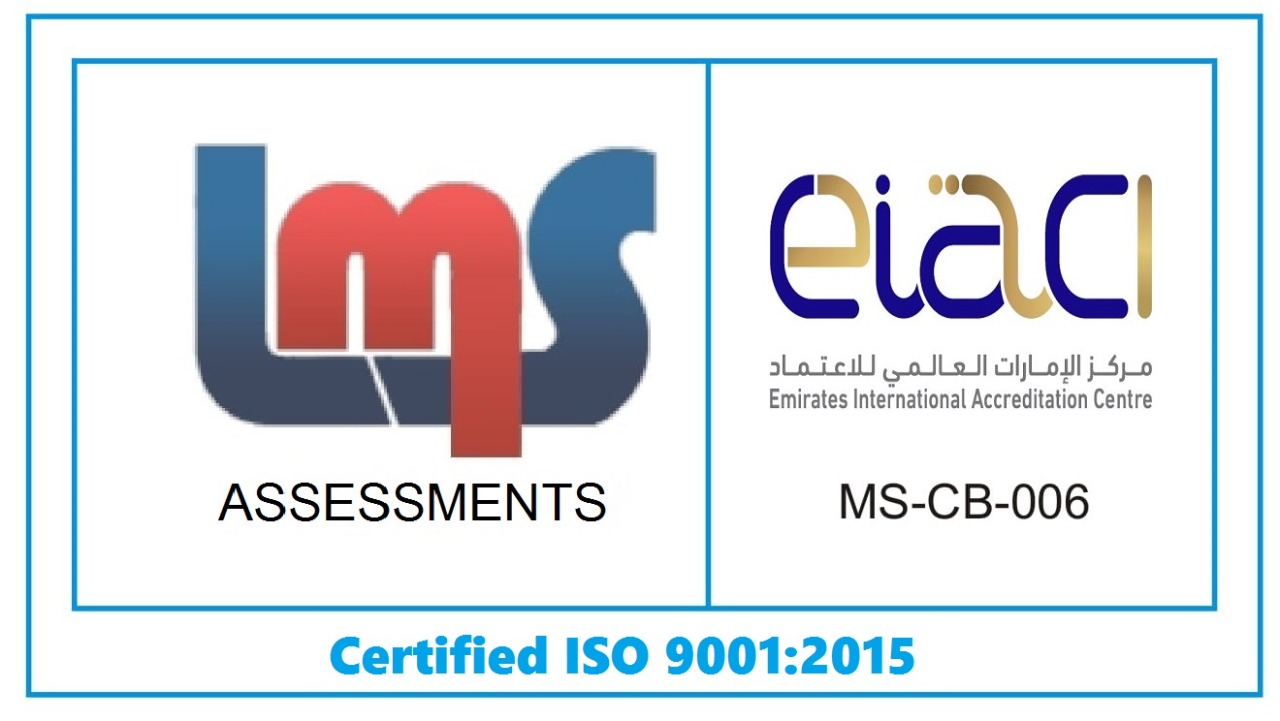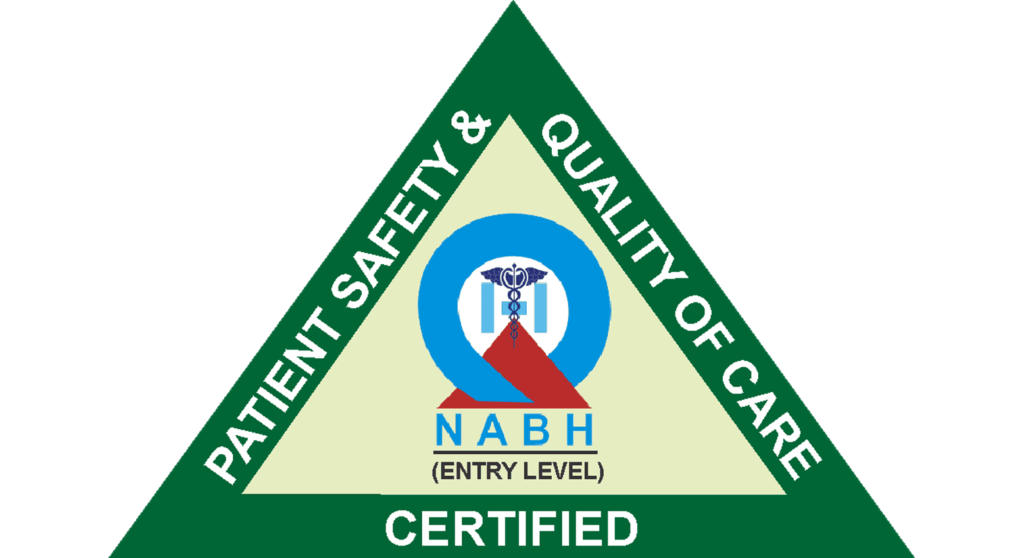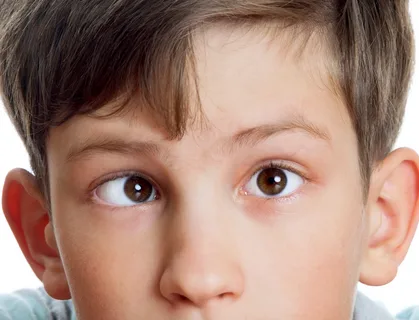Cataract Treatment in Vileparle and Santacruz
Cataract Diagnosis & Treatment
Retinoblastoma
Retinoblastoma is a rare and distinctive cancer that arises in children’s eyes, often during gestation. It’s a complex condition originating from genetic mutations in retinal cells. Its occurrence is rare, affecting 1 in 20,000 births, with around 1500 cases diagnosed annually in India. It stands as the most prevalent intraocular cancer in the country. Left untreated, retinoblastoma is deadly. However, 95% of afflicted children can be successfully treated, often preserving valuable vision. Achieving this outcome requires timely screening, diagnosis, referral, treatment, and follow-up, orchestrated by a collaborative team.
The tumor is identifiable by its white-yellow appearance within the retina. It’s termed “endophytic” when it extends into the vitreous and “exophytic” when a detached retina encases it. Retinoblastoma emerges from the deactivation of both copies of the RB1 gene situated at the 13q14 position on the 13th chromosome’s long arm.
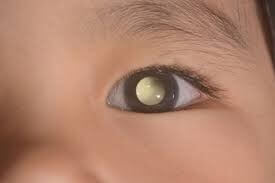
Retinoblastoma Symptom Checker
- Squint eyes or crossed eyes
- A white reflex behind the pupil
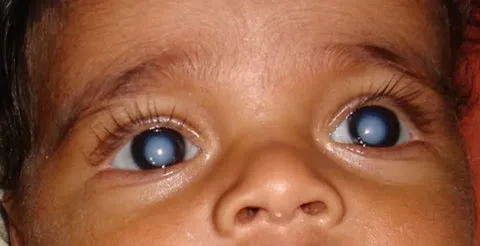
Diagnosis of Retinoblastoma
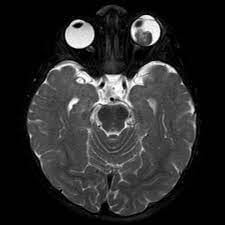
Retinoblastoma diagnosis primarily relies on clinical examination, with radiological tests used to confirm cases where presentation is unusual. These investigations are crucial for gauging disease scope, particularly involving the optic nerve and primary neuro-ectodermal tumors. These central brain tumors, occasionally originating from the pineal gland (known as pinealomas), are detectable through key tests like Magnetic Resonance Imaging (MRI), Computerised Tomography Scans (CT Scans), and B-Scan Ultrasonography.
Treatment of Retinoblastoma
One approach to eliminate this cancer involves surgically removing the affected eye, typically chosen for cases where the cancer has progressed extensively in one eye. The battle against this cancer becomes more intricate when both eyes are affected. In such instances, safeguarding the eye with superior vision is a considerable challenge. When the tumor is identified early, treatment options include freezing or laser therapy for small tumors, and chemotherapy for moderately advanced cases.
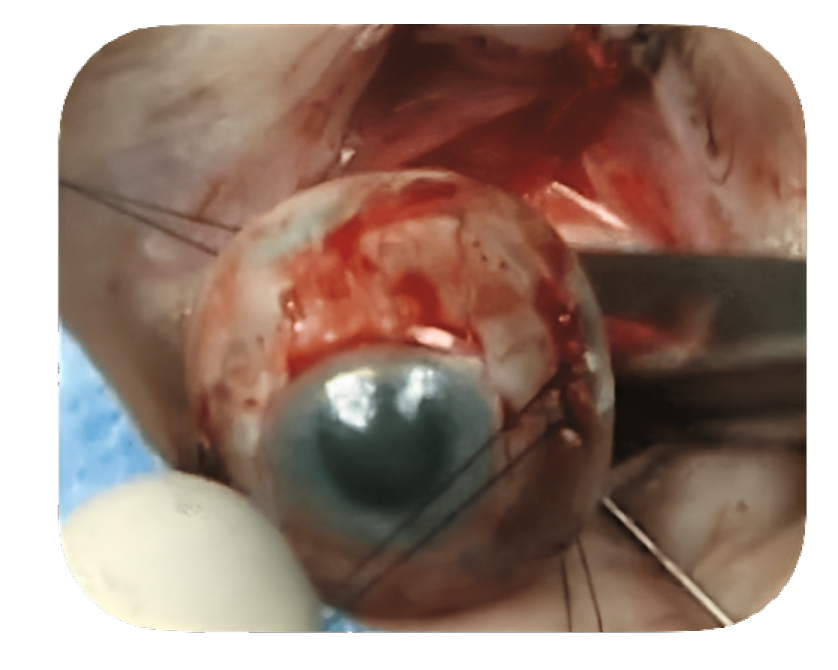
Yet, when identified belatedly, the child must endure surgery and subsequent rounds of intensive chemotherapy and radiotherapy. Presently, the treatment success rate stands above 95% for cases caught in the early stages.
Genetic Counselling
In certain instances, there is a familial predisposition to eye cancer. Genetic assessment enables us to anticipate the likelihood of siblings being impacted. This insight not only facilitates early detection in other family members but also assists in discussions with parents regarding potential risks for their future offspring.

Risk Factors
- Aging
- Diabetes
- Trauma
- Smoking
- Obesity
- High blood pressure
- Steroid medication
- Family History
How to Prevent Eye Cataract
- Regular eye check-ups
- Quitting smoking
- Maintaining a healthy diet
- Eating fruits and vegetables containing antioxidants
- Wearing UV blocking sunglasses while going out in sunlight
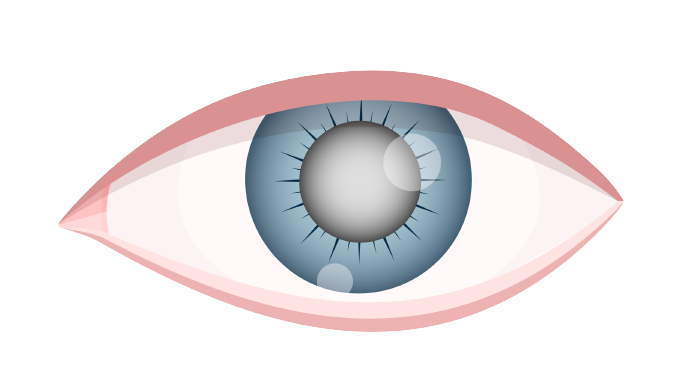
Know More about Diagnosing Cataracts
- Visual Acuity test–This examination will evaluate the clarity and acuity of your vision. Each eye will be tested separately to assess its ability to perceive letters of varying sizes placed at a specific distance.
- Slit-lamp exam–In this test, a specialized microscope is utilized to examine various components of the eye, such as the cornea, iris, and lens. This equipment refracts light as it enters the eye, enabling the ophthalmologist to detect any abnormalities more easily.
ZEISS OPTICAL BIOMETER-IOL MASTER 500
ZEISS OPTICAL BIOMETER-IOL MASTER 700
Alcon Verion Image Guided System
Alcon Centurion Phacoemulsification System with ACTIVE SENTRY handpiece
Alcon Centurion Phacoemulsification System
- To determine accurate measurements of an IOL power before cataract surgery
- Highly accurate and repeatable
- State of the art technology for accurate IOL Power Calculations
- Futuristic technology with Extreme levels of Precision
- Rapid Scan Times
- Highly repeatable
- Near Zero Chances of Error
- Futuristic Cataract Planning Station for Bespoke Cataract Surgery
- Captures Ultra High Resolution Photographs of The Human Eye to ensure perfect implantation of Premium IOL’s during Cataract Surgery
- Helps in creating a surgical plan for the cataract surgery
- It helps minimize potential sources of error during IOL power calculation for cataract surgery.
- State of The Art Phacoemulsification machine Microinvasive Phacoemulsification (Wound sizes of as less as 2 mm)
- Fastest machine to break down and emulsify Cataracts
- Highest safety profile (Least chances of complications)
- Extremely precise without collateral damage to other structures
- Used to cut the membranes in the eye that have become thickened after cataract surgery (YAG Capsulotomy)
- Can also be used to make an opening in the Iris in small eye configurations (YAG peripheral iridotomy)
Frequently Asked Questions
Retinoblastoma ranks as the third most frequent cancer observed in children, affecting 1 in 20,000 live births.
A combination of methods is employed for its treatment, including surgery, laser therapy, cryotherapy (freezing treatment), chemotherapy, and radiation.
Initially, the eye is thoroughly assessed under anesthesia to determine the cancer’s extent. Bone marrow and cerebrospinal fluid are examined, and MRI scans are performed to assess potential spread beyond the eye. Depending on the cancer’s stage, the approach might involve chemotherapy to shrink the tumor, followed by laser and cryotherapy sessions to deactivate it. This process is repeated over multiple sessions.
For some children with advanced disease, removing the eye becomes necessary to ensure their survival. However, modern artificial eye techniques allow these children to achieve a nearly normal appearance. In some cases, chemotherapy and radiation are also administered for additional safety.
The priority is always to preserve the child’s life. If saving the eye doesn’t jeopardize the child’s well-being, every effort is made to retain the eye.
Parental dedication plays a vital role in achieving positive results. We emphasize open communication between parents and the doctor to track treatment progress and discuss the next steps. Regular visits for examinations, whether under anesthesia or at the clinic, hold significant importance. Adhering to the treatment schedule significantly enhances the child’s prospects for a favorable outcome.

